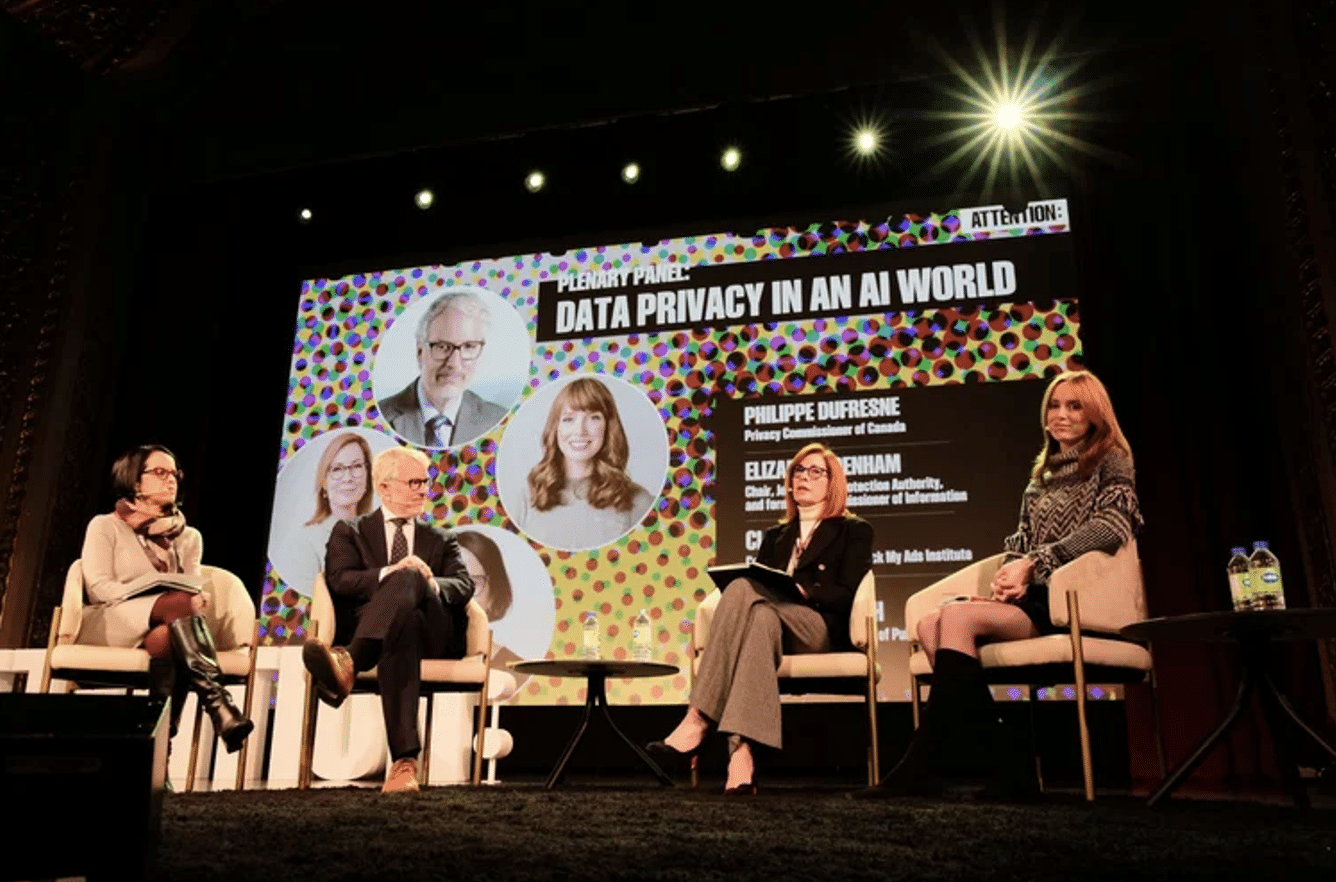Canada at a crossroads: protecting children in the age of AI
As Canada redefines its approach to artificial intelligence and technology governance, recent developments highlight that safeguarding children and their rights should be fundamental to the country’s digital future.

As Canada overhauls its AI strategy and develops its children’s privacy code, the country has the opportunity to become a global leader in protecting children’s rights and wellbeing in the digital age.
Building the framework: AI strategy and privacy protections
AI systems are already omnipresent in children’s lives and increasingly determine what they see, learn, and believe. Much like previous technological advances, these are frequently designed, developed, and governed for commercial gains without consideration for children, their rights, or their views and expose them to serious risks.
In a 5Rights-led joint submission with over 20 endorsements, we urge the Canadian government to prioritise children’s rights, safety, and wellbeing as it moves to promote AI adoption. Canada must ensure tech companies integrate data protection and privacy- and safety-by-design, addressing risks AI systems pose to children before harm occurs, so that only AI systems proven to be safe and beneficial reach the market.
In parallel, the Office of the Privacy Commissioner of Canada (OPC) is developing a children’s privacy code. Earlier this year, 5Rights-led group of leading Canadian experts and organizations calling on the OPC to build on international best practices – including the UK’s Age Appropriate Design Code – to hold tech companies accountable for respecting children’s rights and best interests by design and default.
Speaking in Montreal at The Centre for Media, Technology and Democracy’s Attention: Govern or Be Governed conference, 5Rights Trustee Elizabeth Denham and the Privacy Commissioner of Canada discussed gaps in data protection efforts, especially in the age of AI, and the opportunity to adopt comprehensive, rights-based frameworks for children that build on the UK’s Age Appropriate Design Code.
This momentum is supported by strong public support: seven in ten Canadians support stronger regulation of digital products and services, and 61% want ex-ante regulation of AI systems. With both public mandate and frameworks in development, Canada can now deliver these safeguards and harness the opportunities AI brings while protecting its youngest citizens.
Why regulation matters: lessons from the OPC investigation into TikTok
The urgency of getting this framework right is evident in recent enforcement actions. The OPC, together with its provincial counterparts from British Columbia, Alberta, and Quebec, investigated TikTok’s collection and use of children’s personal information and the findings are instructive.
Despite its own Terms of Service, TikTok failed to implement reasonable measures to prevent the collection and use of underage children’s personal data.
At the same time, while it failed to prevent children under 13 from accessing its service, in accordance with its own terms, TikTok employed age estimation technologies for commercial purposes to infer and profile young children to recommend targeted content and serve advertising.
In addition to not being upheld, TikTok’s published terms were found to not be age-appropriate for children above 13, leaving teenagers without clear understanding or control over how their data were used.
These findings reflect a broader systemic issue: self-regulation alone cannot deliver child protection in a digital economy optimized by tech companies for commercial gains.
Canada’s ongoing efforts represent a critical opportunity to change course and place children’s rights and wellbeing at the centre of its policy and regulatory frameworks. With building blocks in place, strong public support and clear evidence that action is needed, Canada can establish itself as global leader in ensuring that tech companies can no longer “move fast and break things” just for the sake of even bigger profit margins: they need to ensure that children can see, learn and connect safely.
